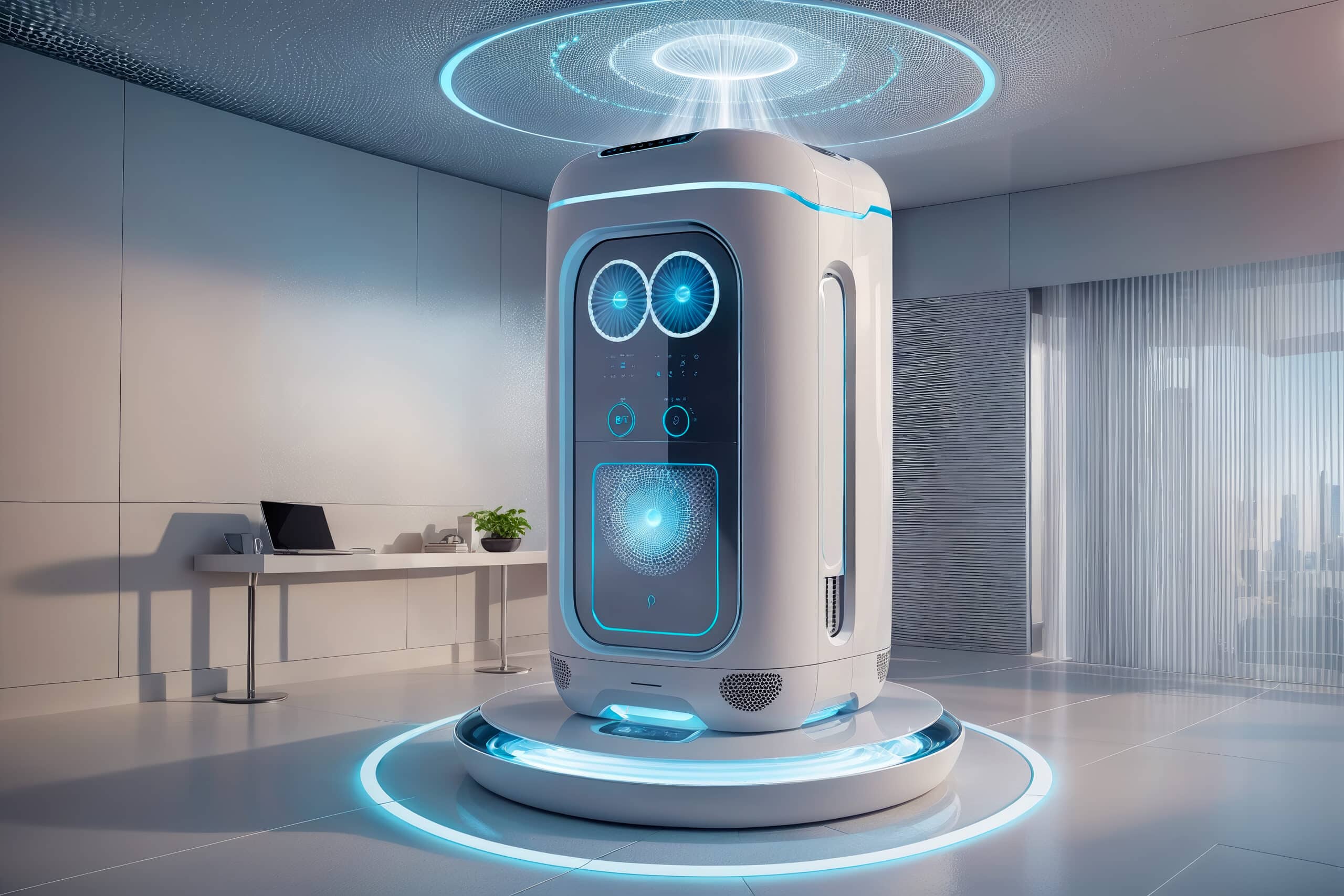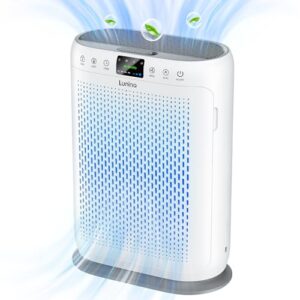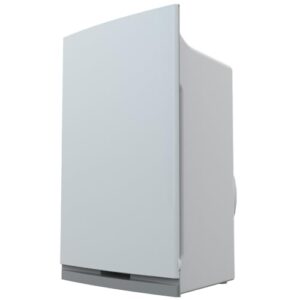Do Air Purifiers Eliminate Mold and Mildew Spores from Indoor Air?
Key Takeaways
- Air purifiers can effectively eliminate mold and mildew spores from indoor air.
- Air purifiers use HEPA filters to trap mold spores, reducing the potential for respiratory issues and allergies.
- Air purifiers are not a standalone solution for mold remediation; proper cleaning and addressing the source of moisture are essential steps to prevent mold growth.
Air purifiers have become increasingly popular in recent years as people seek ways to improve indoor air quality. One common concern is whether air purifiers can effectively eliminate mold and mildew spores from indoor air. Mold and mildew can cause a variety of health issues, including respiratory problems and allergies, so it’s important to address this issue. Let’s explore the question in more detail.
The Role of Air Purifiers
Air purifiers are designed to remove contaminants from the air, including dust, pollen, pet dander, and mold spores. They work by drawing in air and passing it through a series of filters that capture these particles.
Expert Opinions
According to Live Science, air purifiers can indeed remove mold spores from indoor air. Similarly, Bob Vila and Popular Science confirm that air purifiers have the ability to filter out mold spores.
How Air Purifiers Remove Mold Spores
Mold spores are microscopic particles that float in the air. When an air purifier is equipped with a HEPA (High-Efficiency Particulate Air) filter, it can effectively capture these tiny spores. HEPA filters are designed to trap particles as small as 0.3 microns with an efficiency of 99.97%. This means that the majority of mold spores will be trapped and prevented from recirculating in the indoor environment.
Limitations of Air Purifiers
While air purifiers can help with mold prevention by capturing mold spores in the air, it’s important to note that they will not remove existing mold or mildew on surfaces. To address mold growth, it is crucial to clean and remove the mold first, and then address the source of moisture to prevent recurrence. Air purifiers are most effective when used as part of a comprehensive approach to mold prevention and remediation.
Conclusion
In conclusion, air purifiers can play a significant role in eliminating mold and mildew spores from indoor air. They can effectively capture these particles, reducing the potential for respiratory issues and allergies. However, it’s important to remember that air purifiers are not a standalone solution for mold remediation. Proper cleaning and addressing the source of moisture are essential steps to prevent mold growth.
Related Websites:
FAQs:
Q: What is the purpose of air purifiers?
Air purifiers are designed to improve indoor air quality by removing pollutants, allergens, and contaminants from the air. They help create a cleaner and healthier living environment.
Q: What are mold and mildew spores?
Mold and mildew spores are tiny airborne particles released by mold and mildew. They can cause various health issues when inhaled, including allergies, respiratory problems, and asthma.
Q: How do air purifiers work?
Air purifiers work by drawing in air and passing it through a filtration system. The filters capture and trap airborne particles, including mold and mildew spores, ensuring cleaner and healthier air.
Q: Can air purifiers eliminate mold and mildew spores completely?
While air purifiers can significantly reduce the presence of mold and mildew spores, they cannot eliminate them completely. It’s important to address the root cause of mold and mildew growth and use other preventive measures alongside air purifier use.
Q: What factors should I consider when selecting an air purifier for mold and mildew spores?
When selecting an air purifier for mold and mildew spores, it is important to choose one with a HEPA filter, as it is highly effective in capturing tiny particles. Additionally, consider features like activated carbon filters and UV-C light technology for enhanced air purification.






